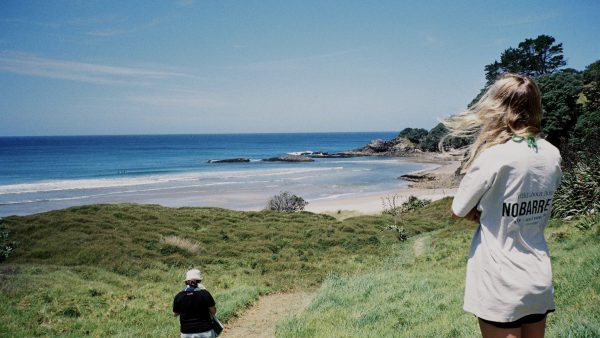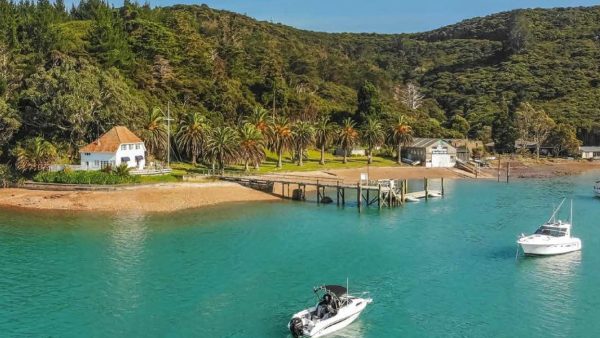A Starlink antenna stands tall amidst the Marubo community, symbolizing the intersection of tradition and modernity as the tribe navigates the benefits and challenges of unfettered internet access. Photo / NYTimes
We’ve all discussed the good and bad of Starlink arriving on Aotea. The impact is nuanced. People can reunite with the whenua while working remotely, but it’s also opened the door for conspiracy theories and, for some, even less person-to-person interaction.
The New York Times traveled deep into the Amazon rainforest to explore these dynamics in another remote community.
For generations, the Marubo and other Indigenous tribes resisted modernity. Now, they face the internet’s benefits and challenges all at once, questioning how it will reshape their identity and culture.
@nytimes Hundreds of isolated tribes across Brazil are logging on as Elon Musk’s Starlink, the satellite-internet service, brings the web to the Amazon rainforest, one of the last offline places on Earth. Jack Nicas, our Brazil bureau chief, visited the Marubo tribe’s remote Indigenous villages to see what the internet has changed for them. Tap the link in our bio to read more. Video by Jack Nicas, Rebecca Suner and James Surdam. #brazil #starlink #amazonrainforest ♬ original sound – The New York Times
The NYT’s photos highlight a striking contrast: traditional life intersecting with modern technology, as people hunch over their glowing screens, craving that next digital connection.






